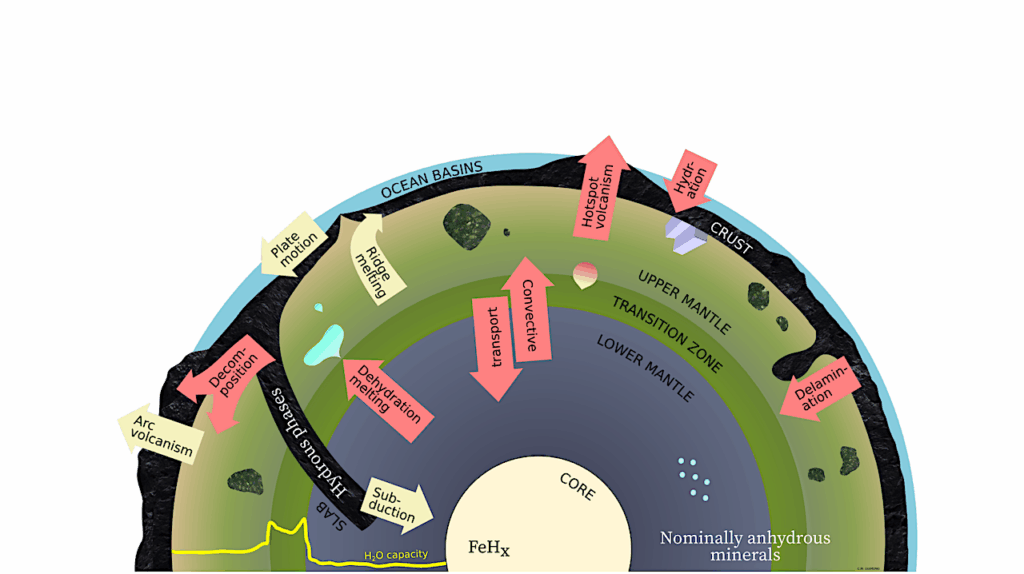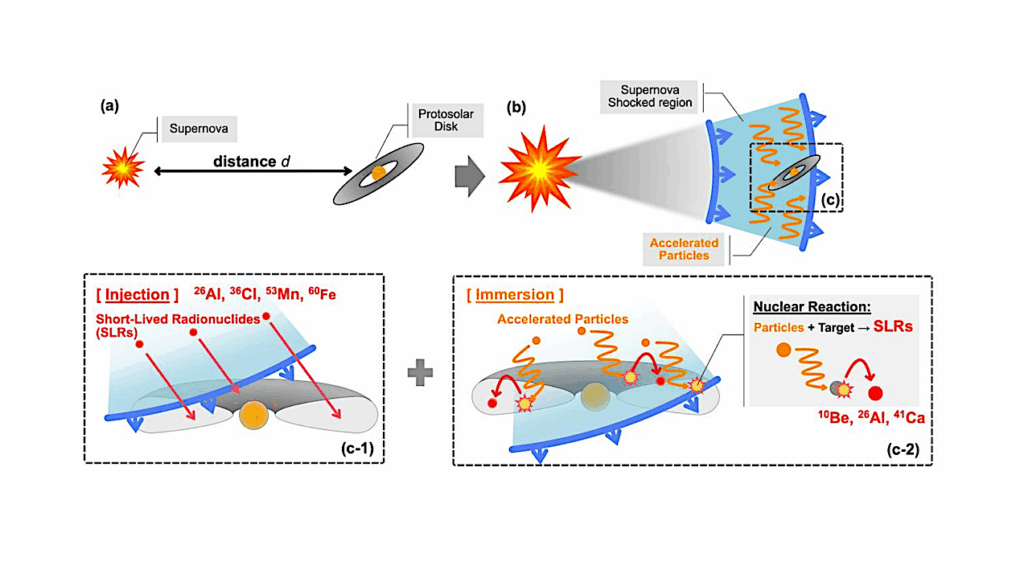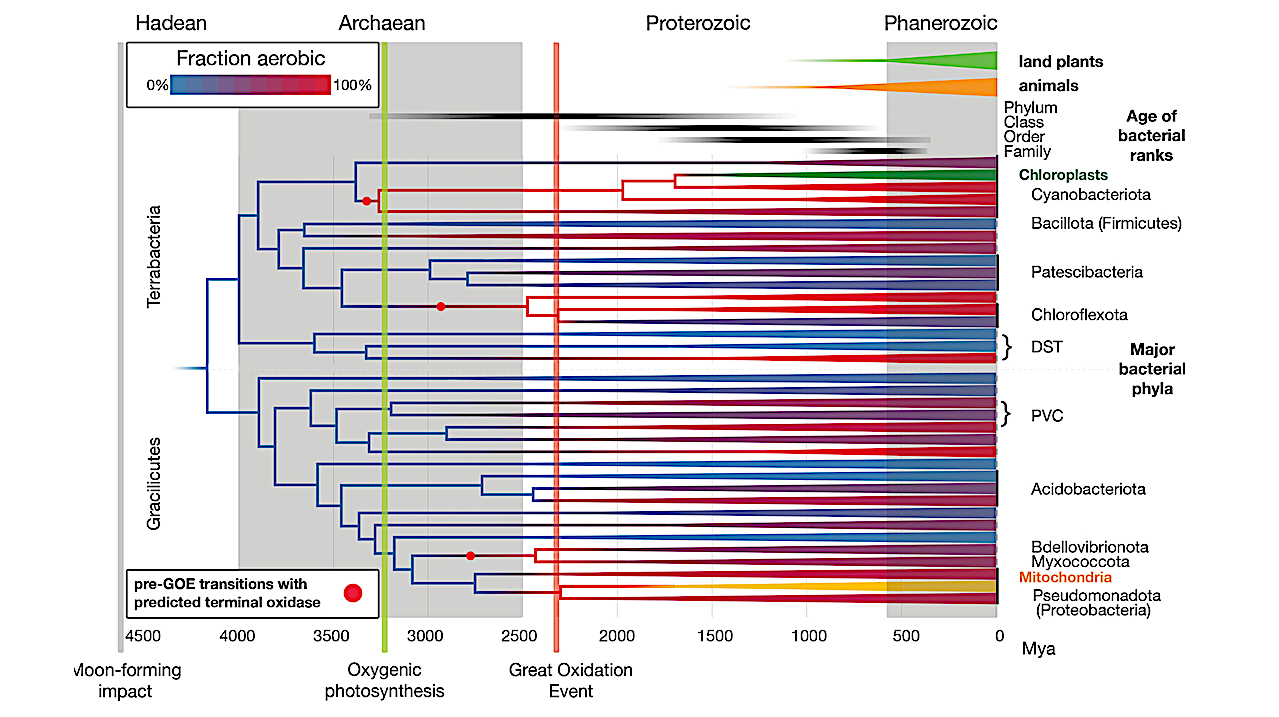Now Reading: What If We Find Nothing? Bayesian Analysis Of The Statistical Information Of Null Results In Future Exoplanet Habitability And Biosignature Surveys
-
01
What If We Find Nothing? Bayesian Analysis Of The Statistical Information Of Null Results In Future Exoplanet Habitability And Biosignature Surveys
What If We Find Nothing? Bayesian Analysis Of The Statistical Information Of Null Results In Future Exoplanet Habitability And Biosignature Surveys


A small planet orbiting its host star – Grok via Astrobiology.com
Future telescopes will survey temperate, terrestrial exoplanets to estimate the frequency of habitable (ηHab) or inhabited (ηLife) planets.
This study aims to determine the minimum number of planets (N) required to draw statistically significant conclusions, particularly in the case of a null result (i.e., no detections).
Using a Bayesian framework, we analyzed surveys of up to N=100 planets to infer the frequency of a binary observable feature (ηobs) after null results. Posterior best fits and upper limits were derived for various survey sizes and compared with predicted yields from missions like the Large Interferometer for Exoplanets (LIFE) and the Habitable Worlds Observatory (HWO).
Our findings indicate that N=20−50 “perfect” observations (100% confidence in detecting or excluding the feature) yield conclusions relatively independent of priors. To achieve 99.9% upper limits of ηobs≤0.2/0.1, approximately N≃40/80 observations are needed. For “imperfect” observations, uncertainties in interpretation and sample biases become limiting factors.
We show that LIFE and HWO aim for sufficiently large survey sizes to provide statistically meaningful estimates of habitable environments and life prevalence under these assumptions. However, robust conclusions require careful sample selection and high-confidence detection or exclusion of features in each observation.
Daniel Angerhausen, Amedeo Balbi, Andjelka B. Kovačević, Emily O. Garvin, Sascha P. Quanz
Subjects: Earth and Planetary Astrophysics (astro-ph.EP); Instrumentation and Methods for Astrophysics (astro-ph.IM)
Cite as: arXiv:2504.06779 [astro-ph.EP] (or arXiv:2504.06779v1 [astro-ph.EP] for this version)
https://doi.org/10.48550/arXiv.2504.06779
Focus to learn more
Related DOI:
https://doi.org/10.3847/1538-3881/adb96d
Focus to learn more
Submission history
From: Daniel Angerhausen
[v1] Wed, 9 Apr 2025 11:02:19 UTC (1,902 KB)
https://arxiv.org/abs/2504.06779
Astrobiology,
Stay Informed With the Latest & Most Important News
Previous Post
Next Post
-
 012024 in Review: Highlights from NASA in Silicon Valley
012024 in Review: Highlights from NASA in Silicon Valley -
 02Panasonic Leica Summilux DG 15mm f/1.7 ASPH review
02Panasonic Leica Summilux DG 15mm f/1.7 ASPH review -
 03From Polymerization-Enabled Folding and Assembly to Chemical Evolution: Key Processes for Emergence of Functional Polymers in the Origin of Life
03From Polymerization-Enabled Folding and Assembly to Chemical Evolution: Key Processes for Emergence of Functional Polymers in the Origin of Life -
 04How New NASA, India Earth Satellite NISAR Will See Earth
04How New NASA, India Earth Satellite NISAR Will See Earth -
 05And Thus Begins A New Year For Life On Earth
05And Thus Begins A New Year For Life On Earth -
 06Astronomy Activation Ambassadors: A New Era
06Astronomy Activation Ambassadors: A New Era -
07SpaceX launch surge helps set new global launch record in 2024





















